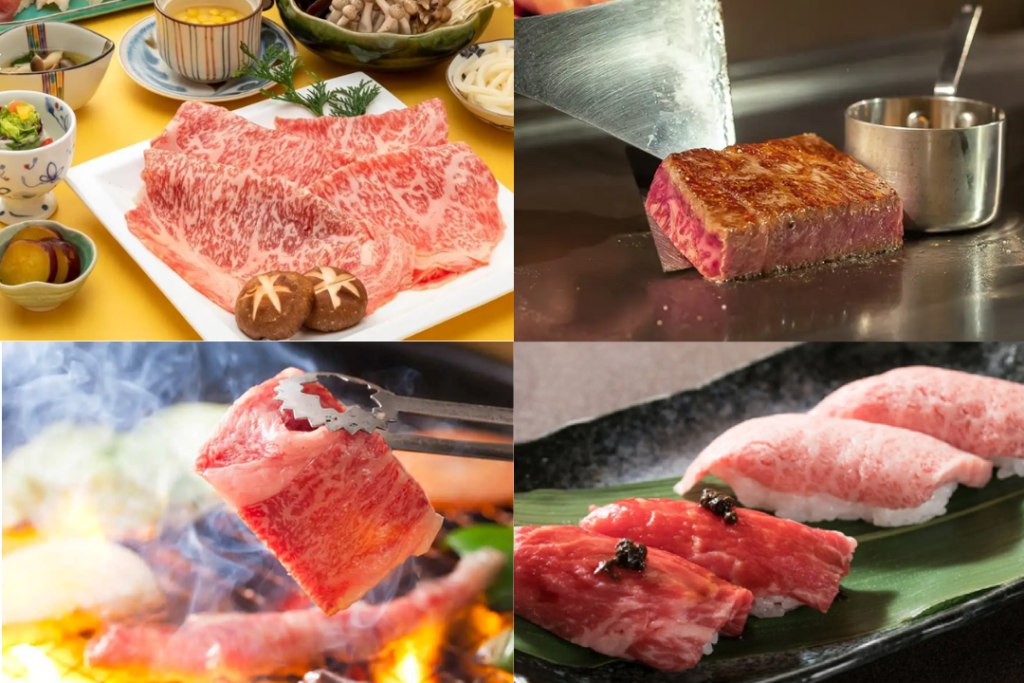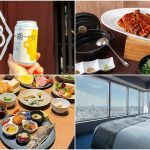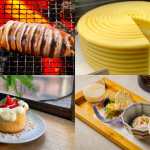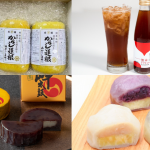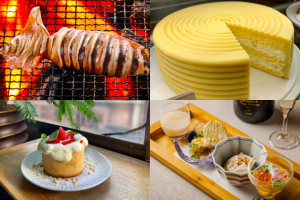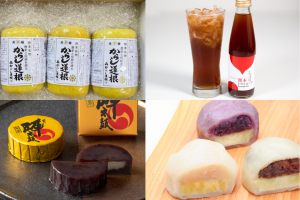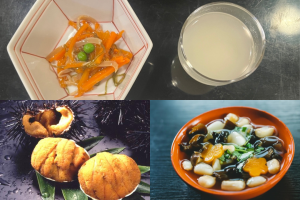Japanese beef is world-renowned for its tenderness and premium quality. Especially Wagyu, a term that combines “Wa” (Japanese) and “gyu” (beef), referring specifically to high-quality beef from specially bred Japanese cattle.
The most common breed is the Japanese Black (Kuroge Washu), which accounts for about 70% of all Wagyu in Japan. Famous brands like Kobe beef also belong to this breed.
In Japan, you’ll often come across various Wagyu grades and specialized terms.
These descriptions are frequently full of marketing jargon. If you don’t want to overspend on beef that isn’t truly authentic Wagyu, it’s a good idea to brush up on some Wagyu knowledge!
A Quick Guide to Japanese Wagyu Beef Grading
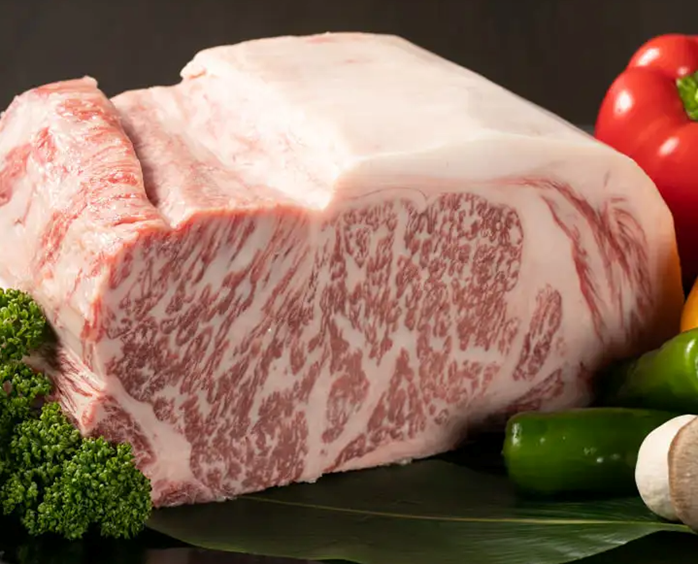
The evaluation of Japanese beef is primarily divided into two main grades: Yield Grade (which refers to the proportion of usable meat from a cow) and Meat Quality Grade (which includes marbling ratio, meat color, texture, and fat quality).
The Yield Grade is categorized into three levels from A (highest) to C (lowest), while the Meat Quality Grade ranges from 1 to 5. The highest-rated A5 Wagyu is characterized by its fine marbling patterns, which give the beef a uniquely tender texture and a rich “umami” flavor.
Take Kobe beef as an example — it must meet strict quality standards, requiring a minimum grade of A4 or B4. Another top-tier brand, Matsusaka beef, is famous for its intense flavor.
Notably, A5 Wagyu can have a marbling ratio of up to 25%, whereas top-quality imported steaks only reach around 6%. This is one reason Wagyu leaves such a strong impression.
That said, many so-called “Kobe beef” products sold overseas are actually crossbreeds of Wagyu and local cattle. So when buying, be sure to confirm that it’s genuine Japanese Wagyu. If the price seems too good to be true, you might end up paying for a fake.
To avoid buying fraudulent Wagyu, always check if the origin matches what’s stated on the menu, and confirm the brand label of the Wagyu. Most importantly, buy from trusted vendors.
Most Popular Wagyu Dishes in Japan
In Japan, there are many ways to enjoy Wagyu, and specialty restaurants offer a variety of culinary experiences that can satisfy meat lovers’ tastes.
Here are some of the most popular Wagyu dishes in Japan that you definitely shouldn’t miss.
1. Teppanyaki
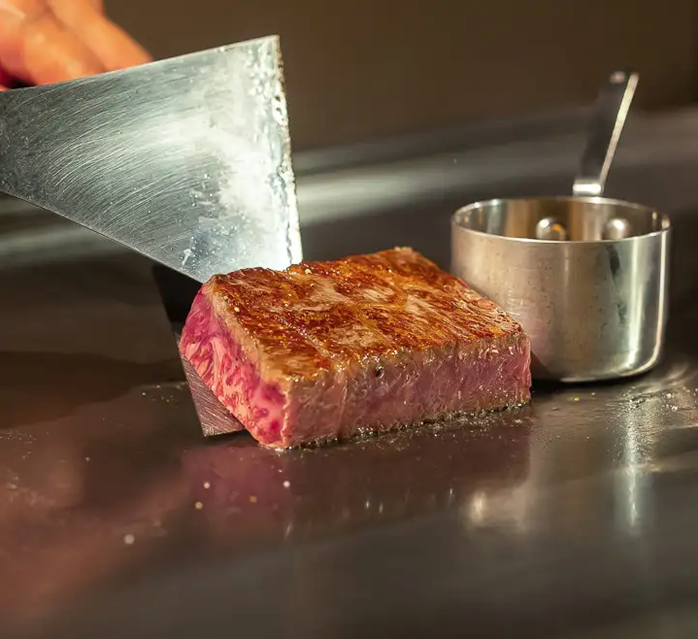
Teppanyaki is a uniquely Japanese style of cuisine where chefs cook meals on a hot iron griddle right in front of the guests. The finely marbled fat of Wagyu becomes elegant and sweet when cooked—without feeling greasy.
Some high-end restaurants even use dry-aging techniques, allowing the Wagyu to mature over time. This not only enhances the tenderness but also deepens the flavor and umami.
2. Yakiniku (Japanese BBQ)
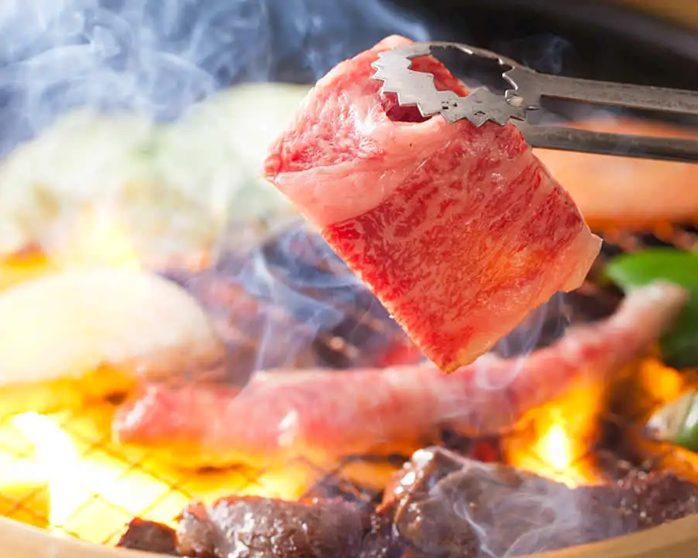
Yakiniku, simply put, is Japan’s version of barbecue and is perfect for those who enjoy cooking their own food.
Usually, Yakiniku restaurants offer a variety of Wagyu cuts. Not just the common ones like tongue, tenderloin, and short ribs, but also rare parts such as Zabuton (chuck flap), Misuji (top blade), and Ichibo (rump cap) for food connoisseurs to savor.
Different yakiniku restaurants have their own specialties. Some focus on whole-cow purchasing to provide a wide range of cuts; others specialize in organ meats; and some upscale establishments serve only specific Wagyu brands with meticulous attention to ingredient sourcing and cooking methods.
Additionally, many yakiniku spots offer a wide array of side dishes, allowing diners to enjoy not only the meat but also a well-rounded culinary experience.
Read:
5 Most Popular Yakiniku Restaurants in Shibuya
3. Sukiyaki and Shabu-Shabu
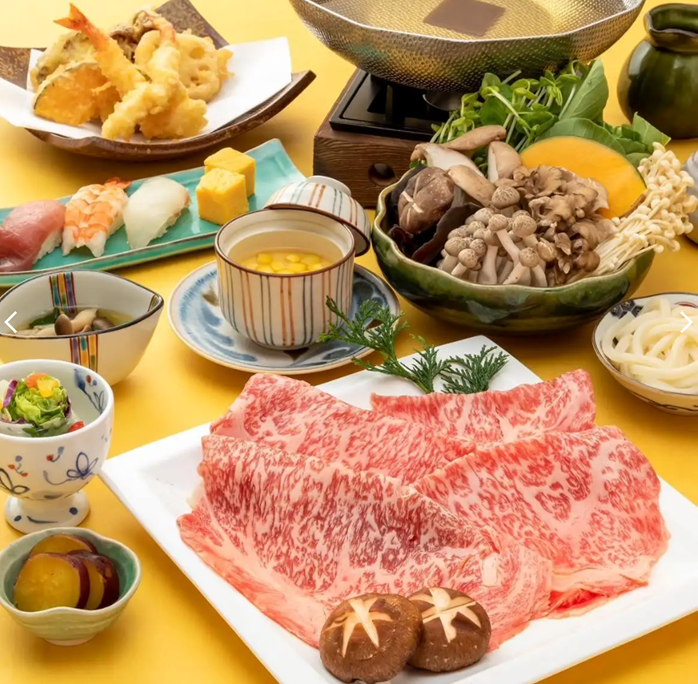
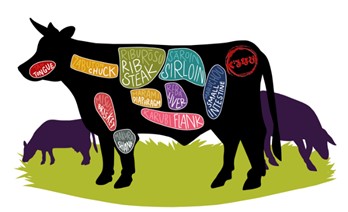
The evenly marbled fat of Wagyu makes it ideal for hot pot dishes, like sukiyaki and shabu-shabu.
Sukiyaki is a traditional Japanese home-cooked dish that is especially popular during the winter season.
Thinly sliced, highly marbled Wagyu beef is simmered together with a variety of ingredients such as tofu, mushrooms, and napa cabbage in a sweet and savory soy sauce-based broth. Before eating, the cooked ingredients are dipped into raw egg.
Specialty sukiyaki restaurants typically use fresh, locally sourced eggs and specially crafted broth, elevating the dish into a refined and memorable culinary experience.
Shabu-Shabu offers a lighter, cleaner flavor and is a great way to appreciate the delicate taste of marbled Wagyu. It is usually enjoyed with a citrus-based ponzu sauce or a rich sesame sauce that highlights the natural sweetness of the beef.
Many restaurants serve both sukiyaki and shabu-shabu, letting customers enjoy the best of both styles in one meal.
4. Wagyu Sushi
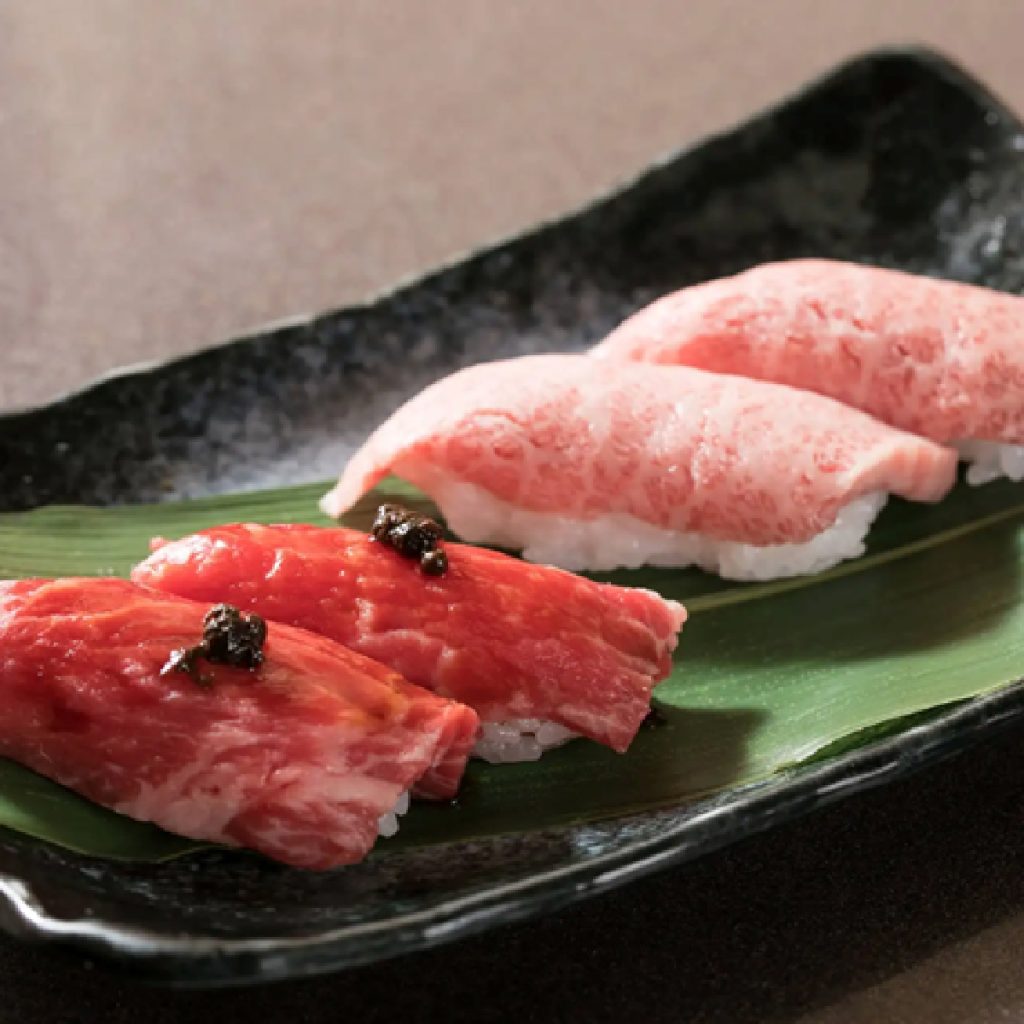
Wagyu sushi is an innovative culinary style that combines traditional sushi with premium Wagyu beef.
Thin slices of raw Wagyu are placed over vinegared rice (nigiri-style). Often garnished with ingredients like wasabi, salmon roe, or foie gras for added flavor and visual appeal.
Some restaurants even lightly sear the Wagyu with a blowtorch. Therefore, the aroma becomes stronger and the taste becomes more delicious.
Since sushi restaurants primarily focus on fresh seafood, Wagyu sushi is not commonly found there. However, it’s often available at beef specialty restaurants or upscale yakiniku establishments.
If you have the chance to visit a yakiniku restaurant, don’t miss the opportunity to try Wagyu sushi. This is a creative fusion that beautifully showcases the harmony between Wagyu and sushi.

